If you thought Baja’s wine scene was just local buzz, think again. Vinitácora: Wines and Wineries of Baja California just …


If you thought Baja’s wine scene was just local buzz, think again. Vinitácora: Wines and Wineries of Baja California just …

If you thought Ensenada couldn’t get any tastier… think again. Cocina la Baja returns next weekend with 24,000 reasons to …
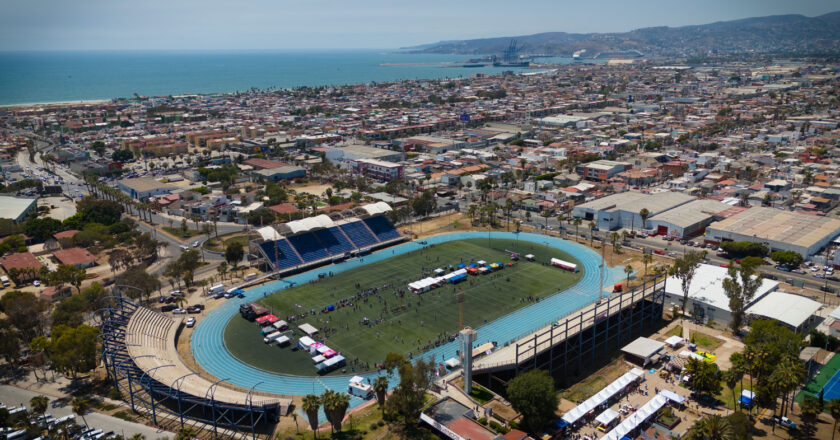
Ensenada usually serves up wine tastings, scenic strolls, and seafood towers—but this weekend, it’s all about touchdowns and flag-grabbing glory. …
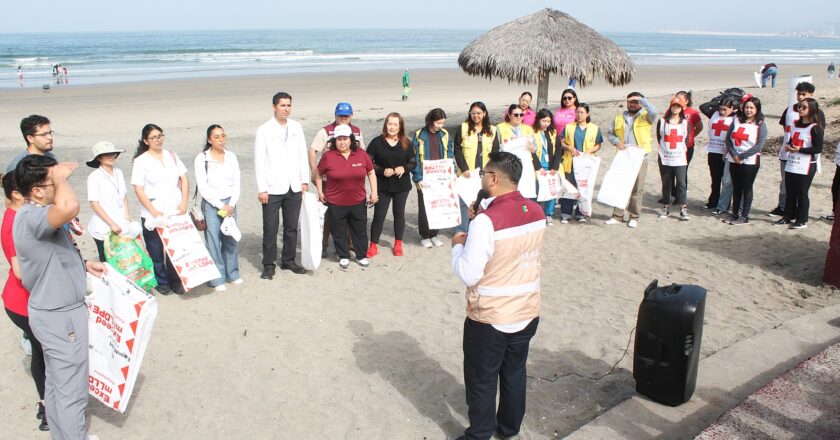
Turns out, a little beach cleanup goes a long way. This Tuesday, July 1st, Playa Hermosa in Ensenada wasn’t just …
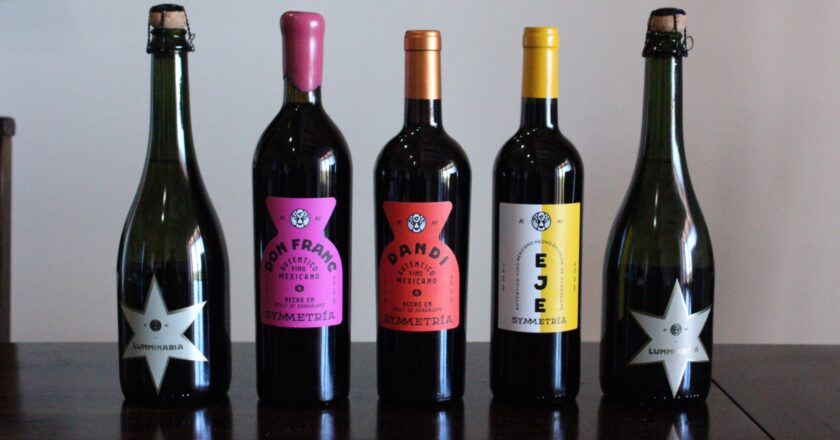
Sabor Patrol find love at Symmetría In Valle de Guadalupe, some wineries try way too hard to seem important. Symmetria …
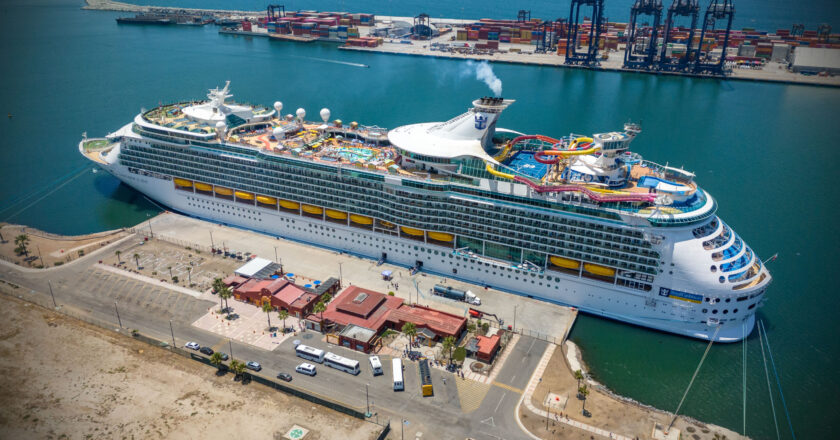
Ensenada’s cruise port got a bit of extra sparkle yesterday with the arrival of the Navigator of the Seas, one …
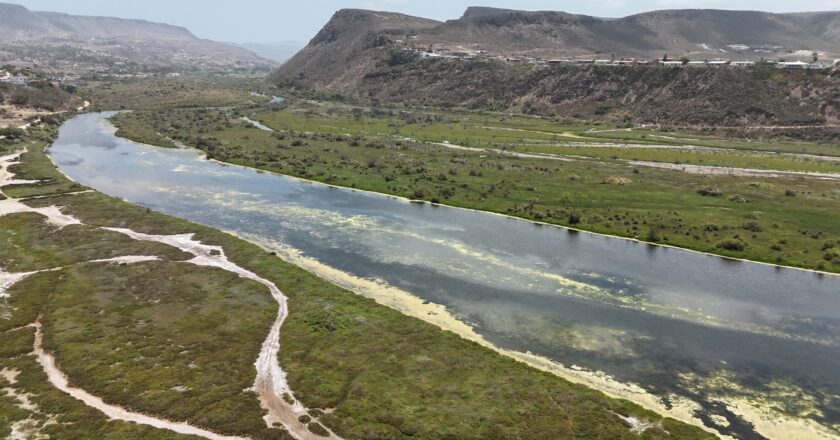
Just a short drive south of Rosarito and 35 kilometers north of Ensenada, tucked between the waves of the Pacific …
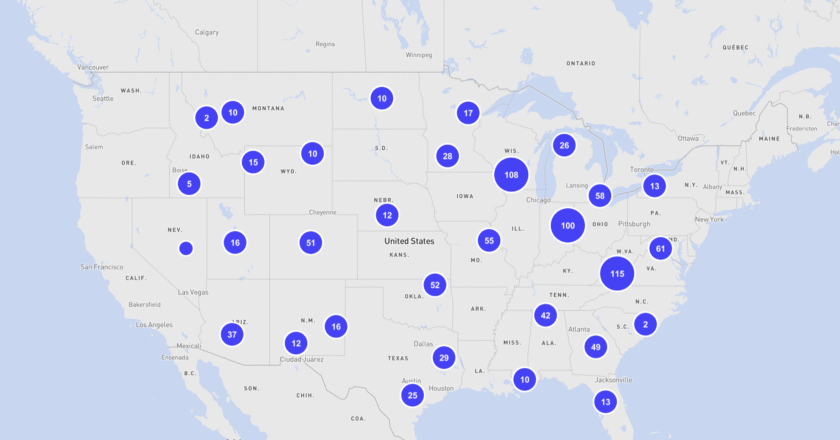
📍Ensenada, Baja California — Saturday, June 14, 2025 We recently received a note from Anne Porter, a member of Democrats …
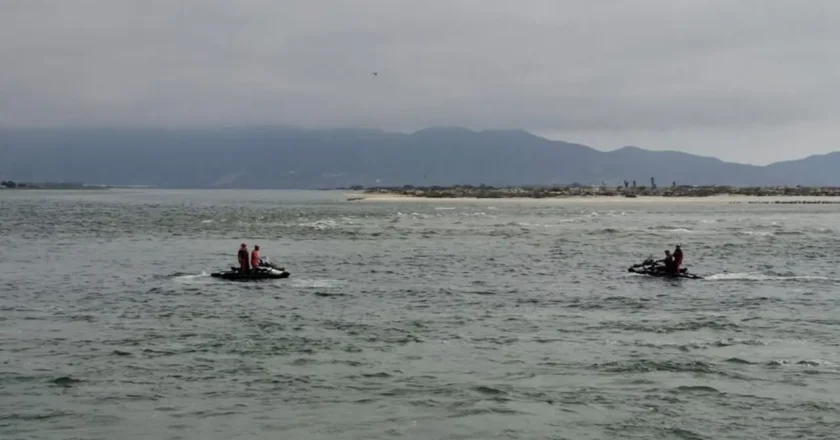
16-Year-Old Still Missing After Entering the Ocean in Ensenada | Photo: Ensenada Fire Department What started as a regular Monday …
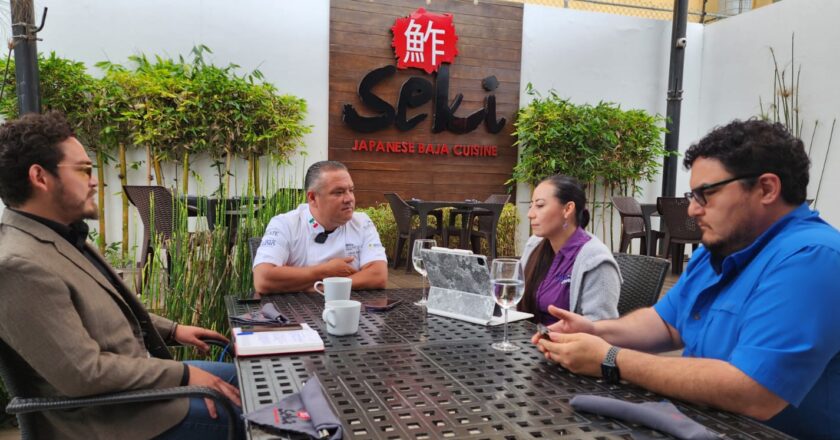
Get ready to loosen your belts and sharpen your forks—Cocina La Baja 2025 is almost here, and it’s not just …